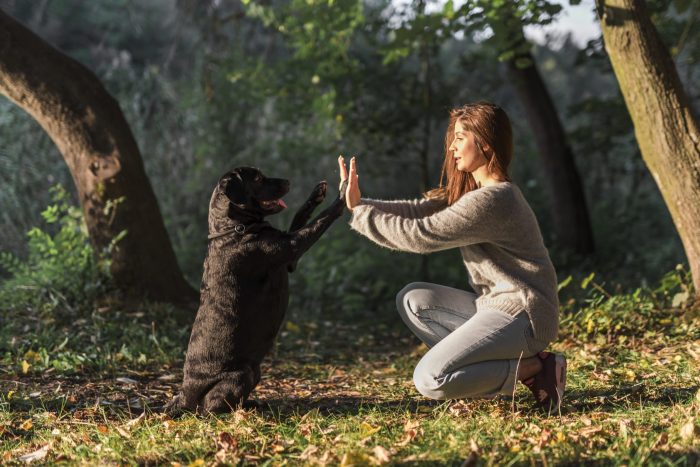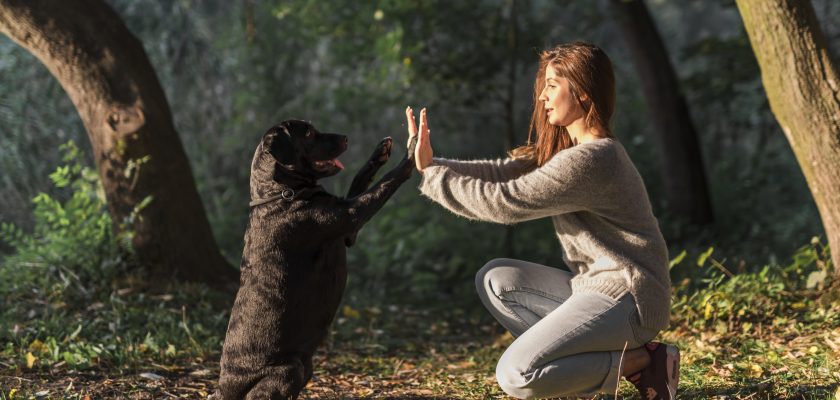
Bringing a puppy home is one of the most exciting experiences for any pet lover. Those big eyes, wagging tails, and boundless energy can instantly fill your home with joy. But with all that cuteness comes responsibility. Puppies are curious, mischievous, and still learning how to interact with the world. Without proper guidance, they can easily develop habits that are hard to break later. That’s why puppy training is one of the most important investments you can make for your furry friend’s future.
This guide will walk you through the essentials—from housebreaking basics to teaching good manners—so you can raise a confident, well-behaved dog that becomes a beloved member of your family.
Why Puppy Training Matters
Training isn’t just about teaching your dog to sit or stay. It’s about building trust, creating routines, and setting boundaries that make life easier for both of you. A well-trained puppy:
- Learns to respect your home (fewer chewed shoes and accidents).
- Builds social skills with people and other animals.
- Grows into a confident dog that adapts well to new situations.
- Strengthens the bond between pet and owner through consistent communication.
Skipping training in the early stages can lead to behavioral issues later, including aggression, fear, or destructive tendencies. By starting early, you’re shaping not just your dog’s behavior, but their long-term happiness.
Getting Started: Setting the Right Environment
Before diving into commands and routines, make sure your home environment supports training. Puppies thrive in a structured space where they feel safe.
- Designate a training area: Use a corner of your living room or kitchen with minimal distractions.
- Provide the essentials: Crates, chew toys, water bowls, and training pads are helpful tools.
- Use positive reinforcement tools: Stock up on small treats, clickers, or toys you can use as rewards.
Remember, consistency is key. If the rules change depending on who’s home or what day it is, your puppy will quickly become confused.
Housebreaking Basics
One of the first challenges most owners face is potty training. No one enjoys cleaning up puddles, but with patience and a system, your puppy will learn quickly.
- Create a schedule: Puppies usually need to relieve themselves after waking up, eating, or playing. Take them out at the same times every day.
- Choose a bathroom spot: Always bring your puppy to the same place outside so they associate the area with the behavior.
- Reward success immediately: Praise and give a treat the moment they finish, so they link the act with a positive outcome.
- Handle accidents calmly: Don’t punish your puppy. Clean thoroughly and redirect them next time.
Housebreaking is often the hardest part of puppy training, but it lays the foundation for discipline and trust.
Teaching Basic Commands
Once your puppy understands where to potty, it’s time to teach basic obedience. These commands are more than tricks—they’re tools for safety and communication.
- Sit: Start with a treat in your hand. Move it upward over your puppy’s head until they naturally sit. Reward immediately.
- Stay: Ask your puppy to sit, then hold out your palm and step back. Gradually increase distance before rewarding.
- Come: Use a cheerful tone and call their name. Reward generously when they respond.
- Leave it: This command is vital for preventing your puppy from picking up harmful objects.
Keep training sessions short—about 5 to 10 minutes—since puppies have limited attention spans. Multiple mini-sessions each day are more effective than one long one.
Socialization: The Hidden Key to Success
Beyond commands, socialization is one of the most overlooked aspects of training. A well-socialized puppy is more adaptable, less fearful, and more enjoyable to be around.
- Introduce new environments: Take short trips to parks, pet-friendly stores, or neighborhood walks.
- Expose them to different people: Invite friends of different ages, genders, and appearances to meet your puppy.
- Encourage play with other dogs: Controlled playdates teach puppies important canine manners.
The prime window for socialization is between 8 and 16 weeks of age. Missing this stage can make it harder for dogs to adjust later in life.
Addressing Common Behavior Problems
Even with the best efforts, puppies will test boundaries. Here’s how to handle common issues:
- Chewing: Provide appropriate chew toys. If they bite furniture, redirect immediately.
- Jumping up: Ignore the behavior and reward only when all four paws are on the floor.
- Barking: Identify the cause—boredom, fear, or attention-seeking—and address it.
- Nipping: Puppies explore with their mouths. Redirect to toys and stop play when biting becomes rough.
Consistency and patience are crucial. Remember that punishment often creates fear, while redirection and rewards foster learning.
Crate Training: A Safe Haven
Crates are not cages—they’re safe spaces. When introduced correctly, a crate can:
- Help with potty training by encouraging bladder control.
- Provide a quiet retreat when your puppy feels overwhelmed.
- Prevent destructive behavior when you’re not home.
Make the crate inviting with a soft blanket and toys, and never use it for punishment.
Gradual Progress Toward Good Behavior
Training doesn’t happen overnight. It’s a journey that requires persistence and love. Celebrate small victories—like the first night without accidents or responding to “sit” without hesitation. Over time, these small wins build into a foundation of trust and respect.
Advanced training, such as leash manners, off-leash reliability, or agility exercises, can come later once the basics are solid. Remember, the ultimate goal of puppy training is to raise a dog that is confident, happy, and well-behaved in any setting.
Final Thoughts
Puppies are like sponges—ready to soak up knowledge and habits. The more effort you put into structured puppy training now, the easier life will be later. From housebreaking to obedience and socialization, every step builds toward a lifetime of companionship and joy.
Investing time and patience in training today ensures you’ll have not just a pet, but a loyal family member who brings happiness for years to come.

